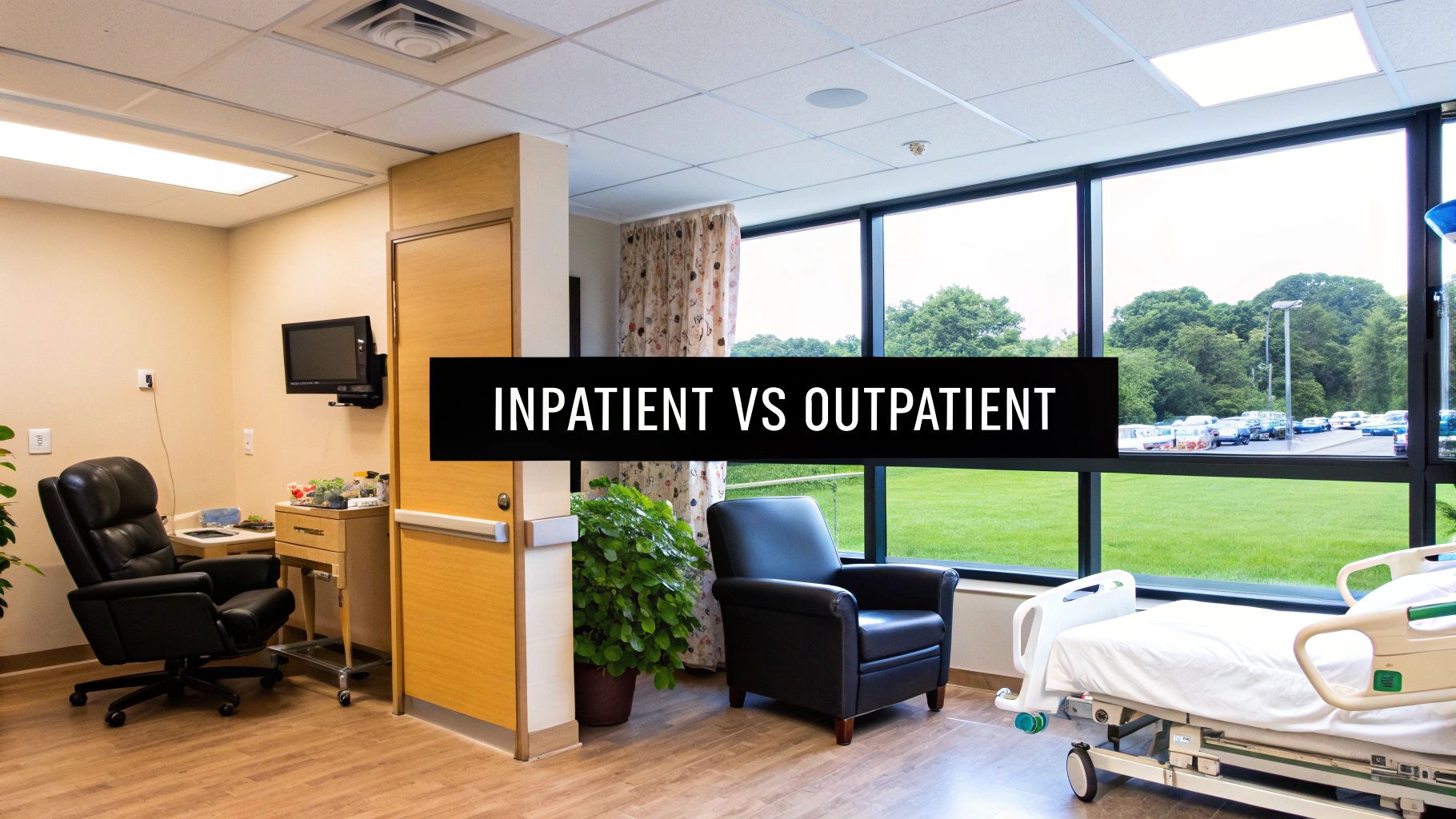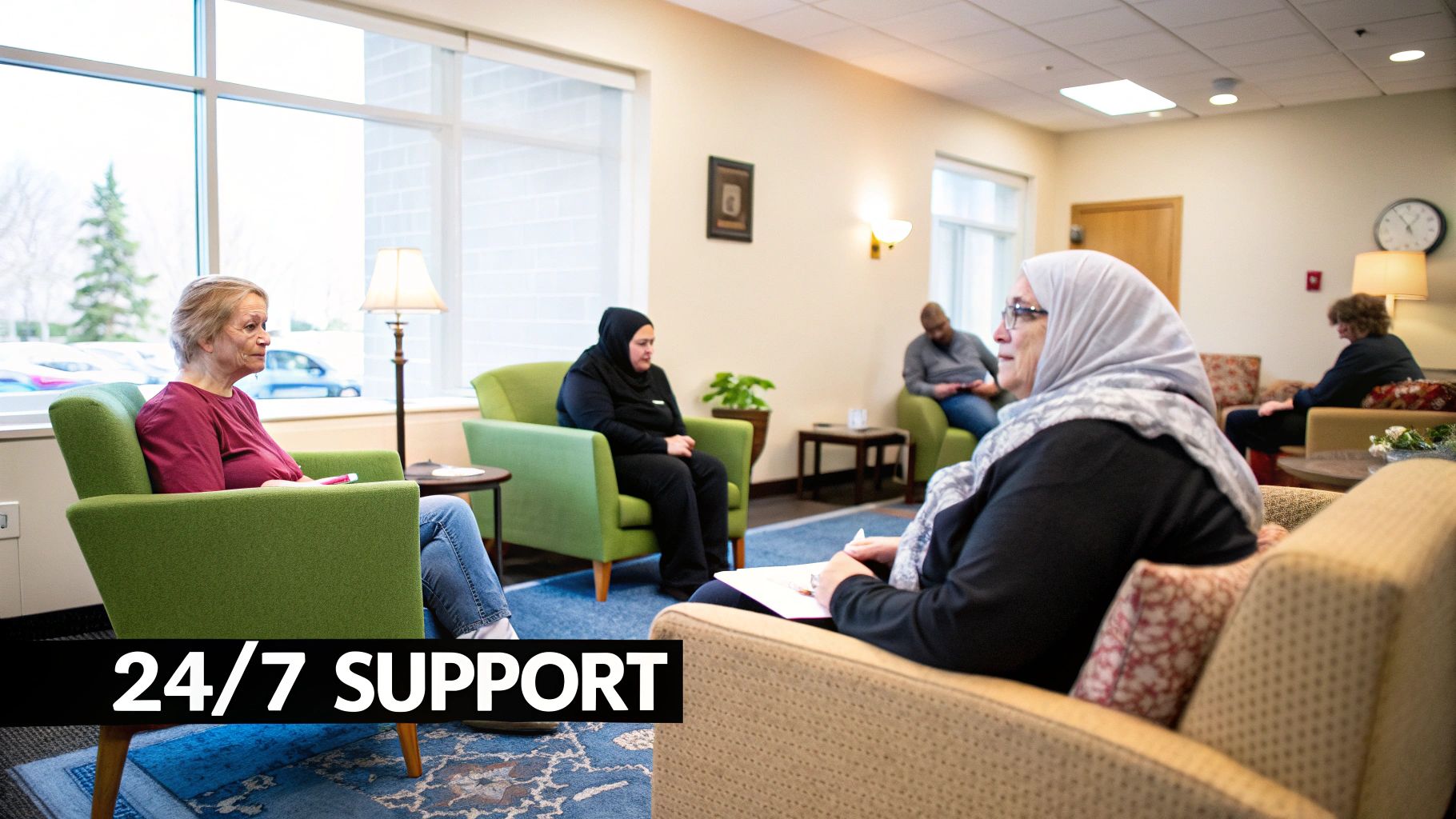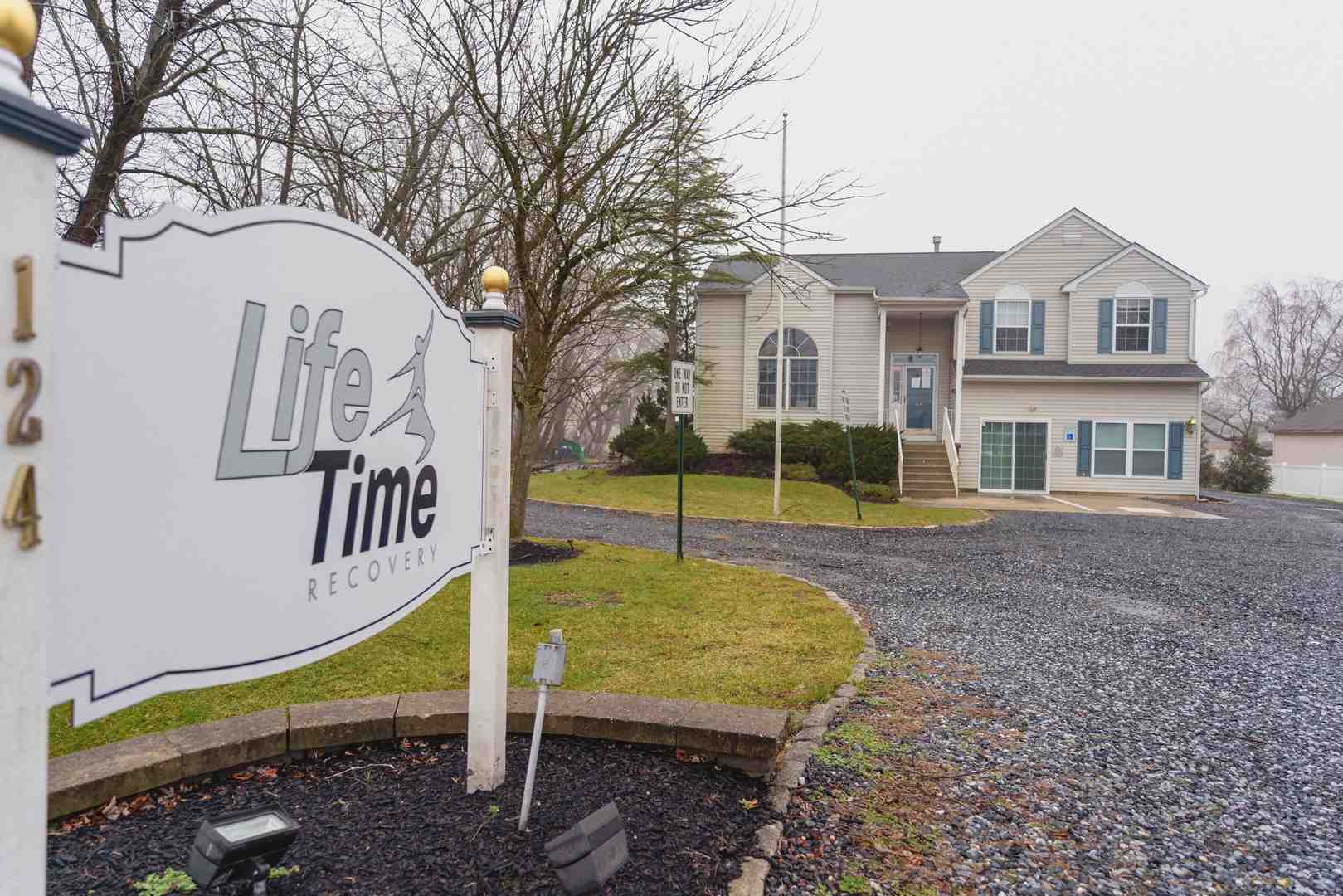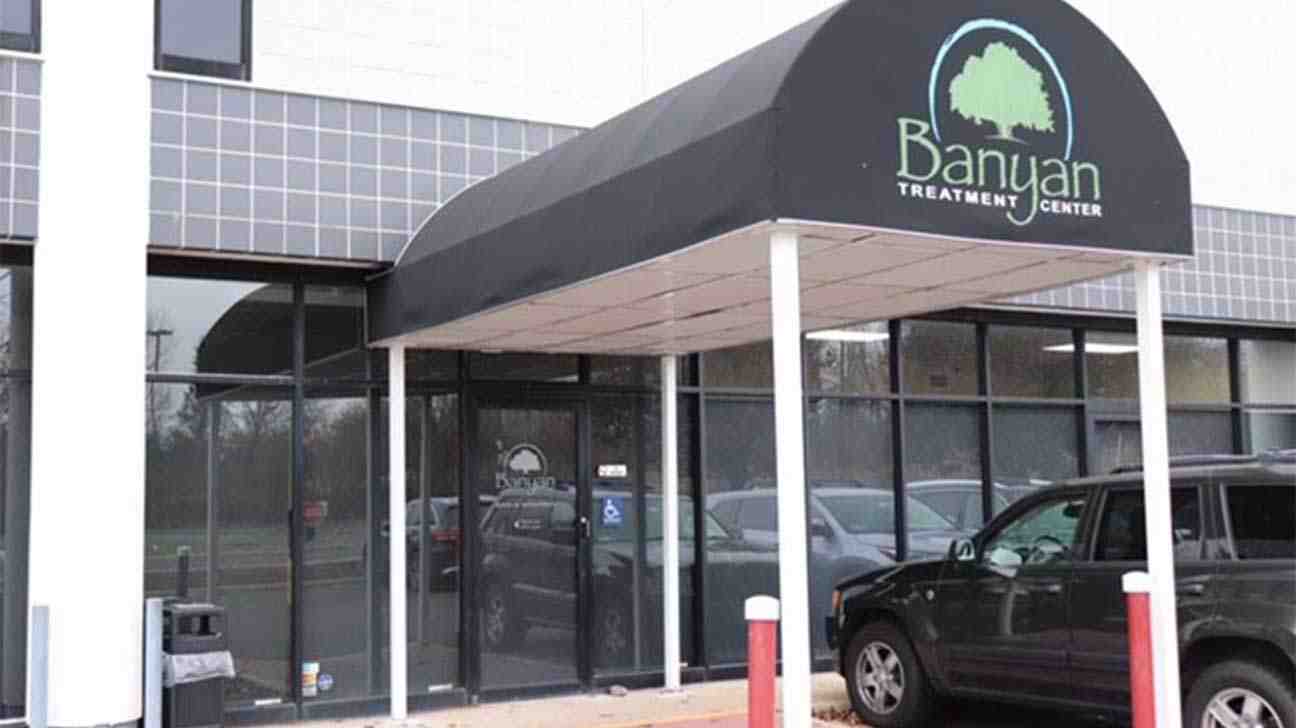
Why Traditional Rehab Advice Fails Modern Patients
Traditional advice often casts the decision between inpatient and outpatient rehab as a simple one: severe addiction goes inpatient, milder cases go outpatient. This outdated view ignores the nuanced reality of modern rehabilitation. Today’s programs often blur these lines, with intensive outpatient options rivaling the support traditionally found only in residential settings.
Outpatient programs now frequently incorporate elements like telehealth, evening hours, and weekend sessions. This offers a level of flexibility and support previously unavailable, necessitating a more thoughtful approach to choosing the right care level.
Hybrid Programs and Flexible Care
The rise of hybrid and flexible programs further complicates the traditional dichotomy. These programs might begin with a brief inpatient stay for detox and stabilization, followed by a step-down to intensive outpatient care. This allows patients to gradually reintegrate into daily life with a robust support system. This adaptable approach recognizes that recovery is not a one-size-fits-all journey. Finding the right intensity of care at the right moment, regardless of the setting, is paramount.
The World Health Organization underscores the increasing global need for rehabilitation services: This illustrates the rising demand, driven by aging populations and a higher prevalence of chronic health conditions. The key takeaway is the immense need and the importance of diverse, accessible rehab services to meet it.
Outpatient Rehabilitation’s Market Growth
The healthcare landscape itself is evolving. The global outpatient rehabilitation centers market is experiencing significant growth, reaching USD 91.1 billion in 2023. Projections indicate a CAGR of 7.2% through 2030. This expansion is driven by factors like advancements in therapeutic technology and the increasing preference for cost-effective, community-based care. For a deeper dive into this growth, see this market analysis.
Focusing solely on the traditional inpatient/outpatient distinction overlooks the dynamic nature of today’s rehabilitation environment. A truly effective approach prioritizes individual needs, program intensity, and available resources. This personalized, informed approach, rather than relying on outdated location-based assumptions, is crucial for successfully navigating the complexities of modern rehabilitation.
Call Now – Your Journey to Recovery Begins Today!

Take the first step towards a healthier life! Call now to connect with our compassionate team and start your recovery journey today. Your path to healing awaits!
Our recovery specialists are available 24/7 to provide support, and all calls are confidential and free. Reach out anytime – we’re here to help!
The Effectiveness Question Everyone Gets Wrong
Too often, the conversation around inpatient versus outpatient rehab effectiveness gets bogged down in completion rates. Yes, finishing a program is important, but it’s only one piece of the puzzle. The real measure of success lies in long-term recovery outcomes: how well individuals maintain sobriety and build a fulfilling life after treatment. From my experience analyzing long-term studies and conversations with researchers, a more nuanced picture emerges. Success isn’t solely about the setting; it’s about the complex interplay between treatment intensity, a patient’s readiness for change, and their individual life circumstances.
I’ve witnessed patients thrive in intensive outpatient programs that might feel overwhelming to someone fresh out of inpatient care. These individuals often possess the self-discipline and robust support systems needed to manage their recovery while navigating the daily challenges of life. On the other hand, some people truly benefit from the complete environmental reset that only residential treatment can offer, shielding them from triggers and allowing for deep, focused therapeutic work. Inpatient and outpatient rehab offer distinct advantages. Traditionally, inpatient rehab provides a more intensive, all-encompassing environment for recovery, often resulting in higher completion rates compared to outpatient programs. For example, research indicates that inpatients are more likely to complete their programs than outpatients, underscoring the structured support provided in residential settings. Discover more insights. This difference in completion rates highlights the structured nature of inpatient care.
Factors Beyond the Setting
Surprisingly, factors like the quality of social support, career flexibility, and even geographic location can significantly impact recovery outcomes. Someone with a strong support network and a flexible job might excel in outpatient care, attending therapy while maintaining important life commitments. Conversely, someone surrounded by negative influences or lacking stable housing may find the structure and stability of inpatient rehab crucial for gaining initial footing in their recovery. The key is finding the optimal match between individual needs and the treatment environment.
The Importance of Individualized Treatment
It’s also important to acknowledge that some individuals may require multiple treatment attempts in various settings before finding the right fit. A first attempt at outpatient rehab might falter due to persistent environmental triggers, leading them to seek the controlled environment of an inpatient program. Later, armed with newfound stability, they may transition back to outpatient care to practice their recovery skills in real-world situations. There’s no one-size-fits-all solution; recovery is often a process of trial and error, finding the path that works best for each individual.

Ultimately, the most effective approach takes into account the individual’s unique needs and resources. It recognizes that long-term recovery often involves a combination of strategies and settings. This personalized approach, rather than simplistic assumptions about the setting alone, is the cornerstone of lasting change. The following section will explore the nuances of outpatient treatment and why it’s often more demanding than people realize.
To illustrate how different patient profiles can influence success in various settings, let’s examine the following table:
Treatment Effectiveness Comparison by Patient Profile
Analysis of success rates and outcomes based on different patient characteristics and treatment settings
| Patient Profile | Inpatient Success Rate | Outpatient Success Rate | Key Success Factors |
|---|---|---|---|
| Highly motivated, strong support system, stable living situation | 70% | 85% | Supportive environment, continued engagement in therapy and support groups |
| Moderate motivation, inconsistent support, some life instability | 80% | 60% | Structured environment, removal from triggers, intensive therapy |
| Low motivation, limited support, unstable living situation | 65% | 40% | 24/7 support, comprehensive services addressing co-occurring disorders, and life skills training |
This table demonstrates how individual circumstances, coupled with the chosen treatment setting, influence success. While outpatient can be highly effective for those with stable lives and strong support, individuals facing greater challenges may benefit more from the structured environment of inpatient care. The key takeaway is the importance of a personalized approach to treatment planning.
When Staying Connected Becomes Your Recovery Strategy
The common misconception that outpatient treatment is “easier” than inpatient care couldn’t be further from the truth. Outpatient programs require a different type of commitment: the strength to weave recovery skills into daily life while managing existing responsibilities. I’ve seen professionals maintain client relationships during intensive outpatient treatment, parents schedule sessions around school activities, and individuals leverage daily routines as therapeutic tools.
This approach is most effective when individuals have solid support systems and environments conducive to recovery. It demands self-motivation and the ability to apply new skills in familiar, and sometimes triggering, situations. This direct application of therapeutic techniques to real life can be remarkably powerful for long-term recovery.
For example, someone managing social anxiety can use outpatient treatment to practice healthy interactions in real-world social settings, reinforcing progress outside of the clinical setting.

The Substance Abuse and Mental Health Services Administration (SAMHSA) offers a national helpline, readily connecting individuals with support for substance abuse and mental health challenges. This accessibility emphasizes the vital role of support networks in recovery.
Intensive Outpatient Models
Innovative outpatient models are offering intensity comparable to residential care. These programs strategically utilize scheduling, telehealth, and community support. Evening and weekend sessions, online group meetings, and personalized support networks bridge the gap between the structure of inpatient care and the flexibility of traditional outpatient models. The choice between inpatient and outpatient rehab becomes less about location and more about aligning the level of support with individual circumstances.
Outpatient treatment shines for those with strong family support, stable housing, and the flexibility to incorporate treatment into their routines. It allows individuals to maintain some normalcy and apply recovery skills within their everyday lives. This integration can be far more effective for sustained recovery than relying solely on the isolated environment of inpatient care. Understanding these nuances is crucial for choosing the best treatment setting for your individual journey.
Call Now – Your Journey to Recovery Begins Today!

Take the first step towards a healthier life! Call now to connect with our compassionate team and start your recovery journey today. Your path to healing awaits!
Our recovery specialists are available 24/7 to provide support, and all calls are confidential and free. Reach out anytime – we’re here to help!
When Complete Environment Change Becomes Non-Negotiable

Sometimes, true recovery necessitates a bold move: a complete break from familiar surroundings. This isn’t about giving up; it’s a strategic realignment. It’s acknowledging that your current environment is so intertwined with unhealthy habits that recovery can’t flourish there. This section explores when inpatient rehab becomes not just an option, but a necessity. Choosing between inpatient and outpatient rehab is a pivotal decision, and understanding the role of a controlled environment is key.
The Power of 24/7 Structure
Inpatient rehab offers a unique advantage: 24/7 structure and support. This immersive experience strips away the daily distractions and temptations that can derail recovery. For those battling severe addiction or co-occurring mental health disorders, this controlled setting is often transformative. It acts as a sanctuary, allowing individuals to focus on the therapeutic process without the added pressure of managing everyday life. This structured approach is particularly vital in the vulnerable early stages of recovery.
For instance, someone struggling with opioid addiction might find the continuous support and medical oversight in inpatient rehab invaluable for managing withdrawal and preventing relapse.
Peer Community and Shared Experience
Beyond the structure, inpatient rehab cultivates a strong sense of community. Surrounding yourself with others facing similar struggles creates an atmosphere of empathy and mutual support. This shared experience is profoundly validating, lessening feelings of isolation and shame that often accompany addiction. These connections can become vital lifelines, particularly for those with limited support systems outside of treatment.
This means patients forge deep bonds with peers who truly understand their journey, fostering accountability and promoting long-term success. The shared experience can be powerfully motivating, instilling hope and a sense of shared purpose.
Addressing Complex Cases
Inpatient settings excel in caring for individuals with complex medical or psychological needs. Conditions requiring constant monitoring, like severe withdrawal or co-occurring mental health disorders, benefit from 24/7 medical supervision. This integrated approach ensures holistic care, addressing all aspects of a person’s well-being and maximizing the chances of a successful recovery.
Furthermore, inpatient rehab can serve as a strategic “reset” when other treatments have fallen short. It provides the intensive intervention needed to disrupt deeply entrenched patterns and build a foundation for sustained sobriety. By temporarily stepping away from daily life, inpatient treatment creates the space and structure needed for meaningful change. This disruption, while challenging, can be the catalyst for lasting transformation. The decision between inpatient and outpatient rehab ultimately depends on understanding these nuances and choosing the path best suited to your individual circumstances.
The Real Cost Conversation No One Wants to Have
Let’s talk frankly about finances. Money worries can sabotage recovery faster than almost any clinical issue. Comparing inpatient and outpatient rehab costs isn’t as simple as checking program fees and insurance copays. It’s a multifaceted evaluation that often gets overlooked. I’ve seen families struggle with tough financial choices, prioritizing the initial price tag over the long-term value of different treatment approaches.
The true cost of inpatient rehab extends beyond the obvious. Think about potential lost wages during treatment, disruption to family life (which carries its own financial consequences), and the extra expenses of being away from home. These hidden costs add up quickly.
Consider travel expenses for family visits, childcare if you have children, or even pet boarding. These seemingly small things can create a substantial financial burden.
Outpatient programs often appear more affordable upfront. However, remember to factor in the potential cost of relapse, which might lead to more intensive treatment later. The impact on work productivity during treatment also deserves attention. While outpatient allows you to keep working, juggling treatment and job responsibilities can sometimes decrease performance.
Additionally, outpatient clients might need supplementary support, like sober living accommodations or transportation, which adds to the overall expense.
Calculating the True Financial Impact
This isn’t meant to discourage anyone from seeking help. It’s about making informed decisions. You may want to research inpatient rehab options near you. Calculating the true financial impact requires examining opportunity costs. What are you potentially giving up by choosing one path over another? This might include income, career advancement, or precious time with loved ones.
It also means considering potential future savings from successful treatment. Reduced healthcare costs, improved work performance, and greater stability in other life areas are all financial benefits of sustained sobriety. This long-term perspective is vital when weighing the costs and benefits of inpatient versus outpatient rehab.
To provide a clearer picture of the financial implications, let’s examine a detailed cost breakdown:
Total Cost Analysis: Hidden Expenses and Long-term Financial Impact
Comprehensive breakdown of direct, indirect, and opportunity costs for both treatment options
| Cost Category | Inpatient Considerations | Outpatient Considerations | Long-term Impact |
|---|---|---|---|
| Program Fees | High initial cost, often partially covered by insurance | Lower initial cost, may require more out-of-pocket expenses | Successful treatment, regardless of setting, can lead to significant long-term savings |
| Lost Wages | Significant due to time away from work | Potentially minimal, depending on work flexibility and treatment schedule | Increased earning potential with sustained recovery |
| Family & Living Expenses | Increased costs for childcare, pet care, travel for family visits, and potential household help | Minimal disruption to family routine and existing expenses | Improved family stability and reduced stress related to addiction |
| Relapse Potential | Structured environment may reduce risk, but relapse is always possible | Higher risk due to less intensive support, potential for increased costs with subsequent treatment | Long-term recovery leads to better financial health and stability |
| Transportation | May include travel to and from facility, especially for family visits | Ongoing transportation costs for attending appointments and support groups | Improved ability to maintain employment and manage transportation independently |
| Housing | Included in program fees | May require sober living arrangements or ongoing housing costs | Stable housing contributes to long-term recovery and financial security |
This table highlights the complex interplay of various cost factors. While inpatient carries higher upfront costs, outpatient necessitates careful consideration of potential additional expenses and the risk of relapse.
Innovative Payment Strategies and Managing Costs
Many are unaware of innovative payment options that can make treatment accessible. These include employer assistance programs (EAPs), which sometimes cover a portion of treatment costs, and treatment-specific financing plans. Some facilities offer sliding-scale fees based on income. Exploring these avenues can greatly reduce the financial strain.
Managing treatment costs effectively doesn’t require compromising quality. It means being resourceful, asking questions, and exploring every available option. Comparing programs based on their value—the balance of quality and cost—rather than solely on price can lead to better outcomes. It also means discussing payment options openly with treatment providers and finding ways to maximize insurance coverage. Facing the financial realities of recovery investment is an essential step toward lasting well-being.
Navigating The Reality of Treatment Access
Let’s be upfront: the “perfect” choice between inpatient and outpatient rehab is irrelevant if you can’t access quality care. Practical considerations like where you live, which providers are available, and the overall healthcare infrastructure significantly shape your options. Someone in a rural setting with limited specialized services faces a very different reality compared to someone in a large city. This disparity underscores the need to balance clinical needs with practical limitations. For more on preparing for rehab, check out this helpful guide: How to Prepare for Rehab.
Geographic Location and Provider Availability
Your location often dictates the types of programs you can access. Rural communities may have fewer specialized providers. Urban centers usually offer a wider array, including specialized tracks for co-occurring disorders or specific demographics. This can mean that those in underserved areas might need to travel for appropriate care.
However, traveling for treatment comes with its own set of hurdles, like the added costs, being separated from family, and disruption to established support systems. Finding the right balance between accessing specialized treatment and maintaining vital connections is crucial.
Globally, rehabilitation needs are vastly unmet, highlighting disparities in access. The World Health Organization reports that roughly 2.4 billion people live with conditions that could benefit from rehabilitation, a number expected to rise with population growth and increasing chronic conditions. In some low- and middle-income countries, more than 50% of people in need are not receiving these services. Discover more insights about rehabilitation. This global perspective emphasizes the widespread challenge of accessing necessary care.
Evaluating Program Quality When Choices Are Limited
When your options are restricted, evaluating program quality becomes even more important. Look beyond basic accreditation and search for programs with proven success in long-term recovery. Ask about post-treatment support, alumni networks, and client success rate data. Doing your homework ensures the best possible outcome given the available options. Don’t be afraid to advocate for coverage of higher-quality programs, even if they are outside your immediate network.
Access Barriers and Workaround Strategies
Recognize red flags. Excessively long waitlists or a lack of personalized treatment plans are signs you should widen your search. Don’t settle for less than adequate care just because it’s nearby.
Explore resources you may not have considered. Connect with local support organizations, research state-funded programs, or consider telehealth for remote access to specialized services. The goal is to make the best decision within your real circumstances, not ideal ones. By understanding access barriers and exploring creative solutions, you can navigate the complexities of treatment and find the path best suited to your recovery journey.
This screenshot from a Grand View Research report highlights the projected growth of the outpatient rehabilitation market. This anticipated growth suggests increasing demand, which could lead to more accessible and diverse programs in the future. This expanding market presents both opportunities and challenges for those seeking care.
Your Strategic Framework for This Decision
Decision paralysis can stall recovery. Having guided many through this process, I’ve seen a clear framework emerge. It prioritizes factors that truly predict success in inpatient versus outpatient rehab, emphasizing a systematic, not emotional, evaluation.

The infographic highlights key criteria: Severity of Condition, Time Availability, and Insurance Coverage. High severity often suggests inpatient, while low severity and time flexibility lean toward outpatient. Limited insurance can push towards affordability, sometimes making inpatient surprisingly advantageous due to coverage. For more on facility selection, see our guide: Choosing the Right Rehab Facility.
Call Now – Your Journey to Recovery Begins Today!

Take the first step towards a healthier life! Call now to connect with our compassionate team and start your recovery journey today. Your path to healing awaits!
Our recovery specialists are available 24/7 to provide support, and all calls are confidential and free. Reach out anytime – we’re here to help!
Honest Self-Assessment and Family Involvement
Honest self-assessment is paramount. Frankly evaluate your risk factors, support system, and how life constraints could impact recovery. Resources exist to help gauge readiness for each treatment type.
Family involvement is key. Their insights and support are invaluable, but ensure their involvement is constructive and aligns with your goals.
Weighing Competing Priorities and Contingency Planning
This framework encourages weighing competing priorities thoughtfully. Long-term recovery trumps short-term convenience. Develop contingency plans.
Anticipating challenges—managing cravings, navigating social situations—and preemptively addressing them boosts your success.
Practical Considerations and Building Confidence
Practicalities matter. Consider treatment timing, preparations, and integrating rehab with work and family. Addressing logistics upfront smooths the process.
This framework builds confidence. Knowing you’ve thoughtfully considered relevant factors, not generic advice, sets the stage for success. This informed approach fosters clarity and conviction, letting you focus on recovery itself.
Ready for the next step? Connect with Addiction Helpline America for personalized guidance and support in finding the right path.
Our helpline is 100%
free & confidential
If you or someone you care about is struggling with drug or alcohol addiction, we can help you explore your recovery options. Don’t face this challenge alone—seek support from us.
Programs
Resources
Will my insurance
cover addiction
treatment?
We're ready to help
Find the best
drug or alcohol treatment
center
Are you or a loved one struggling with addiction? Call today to speak to a treatment expert.















